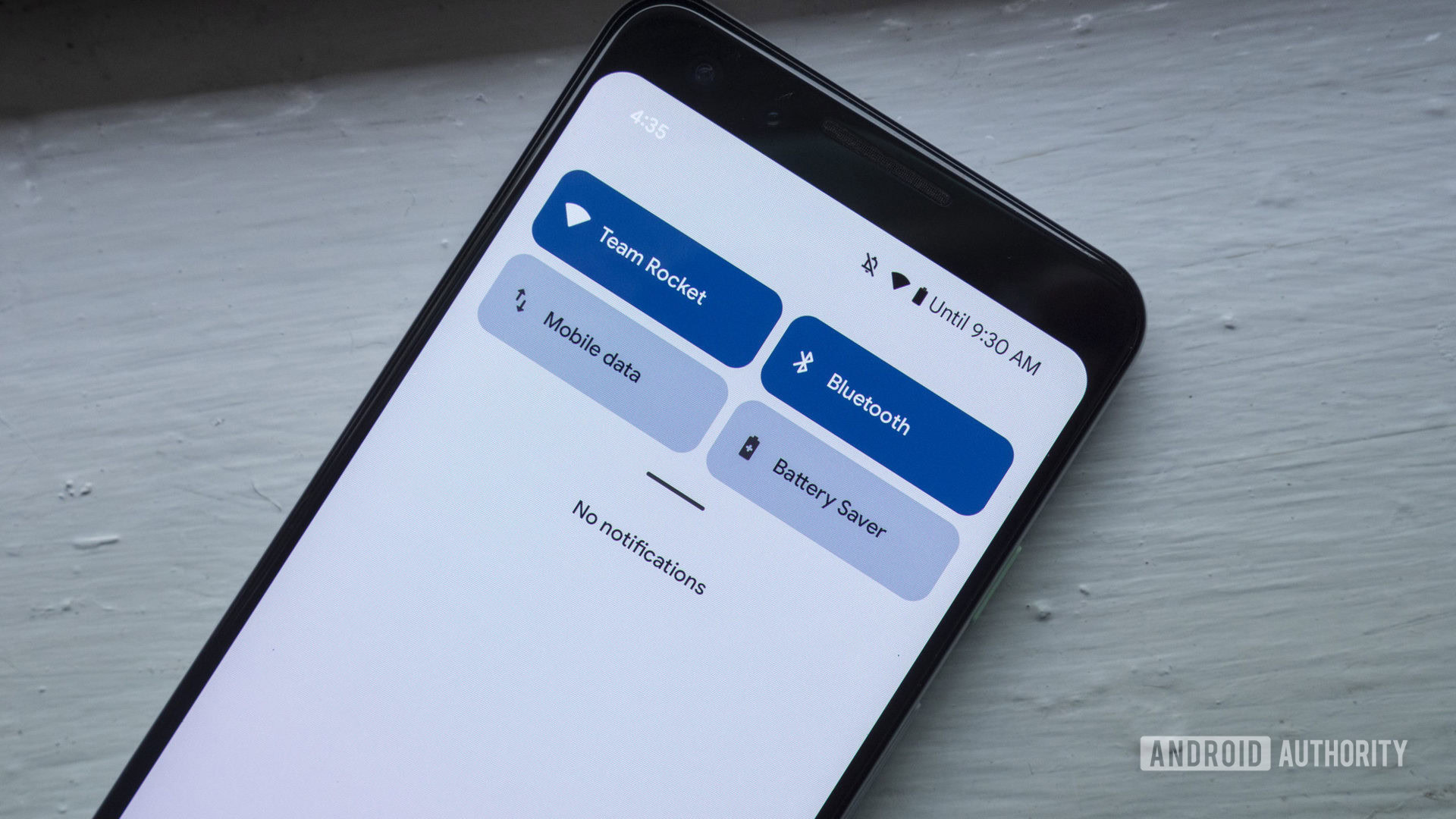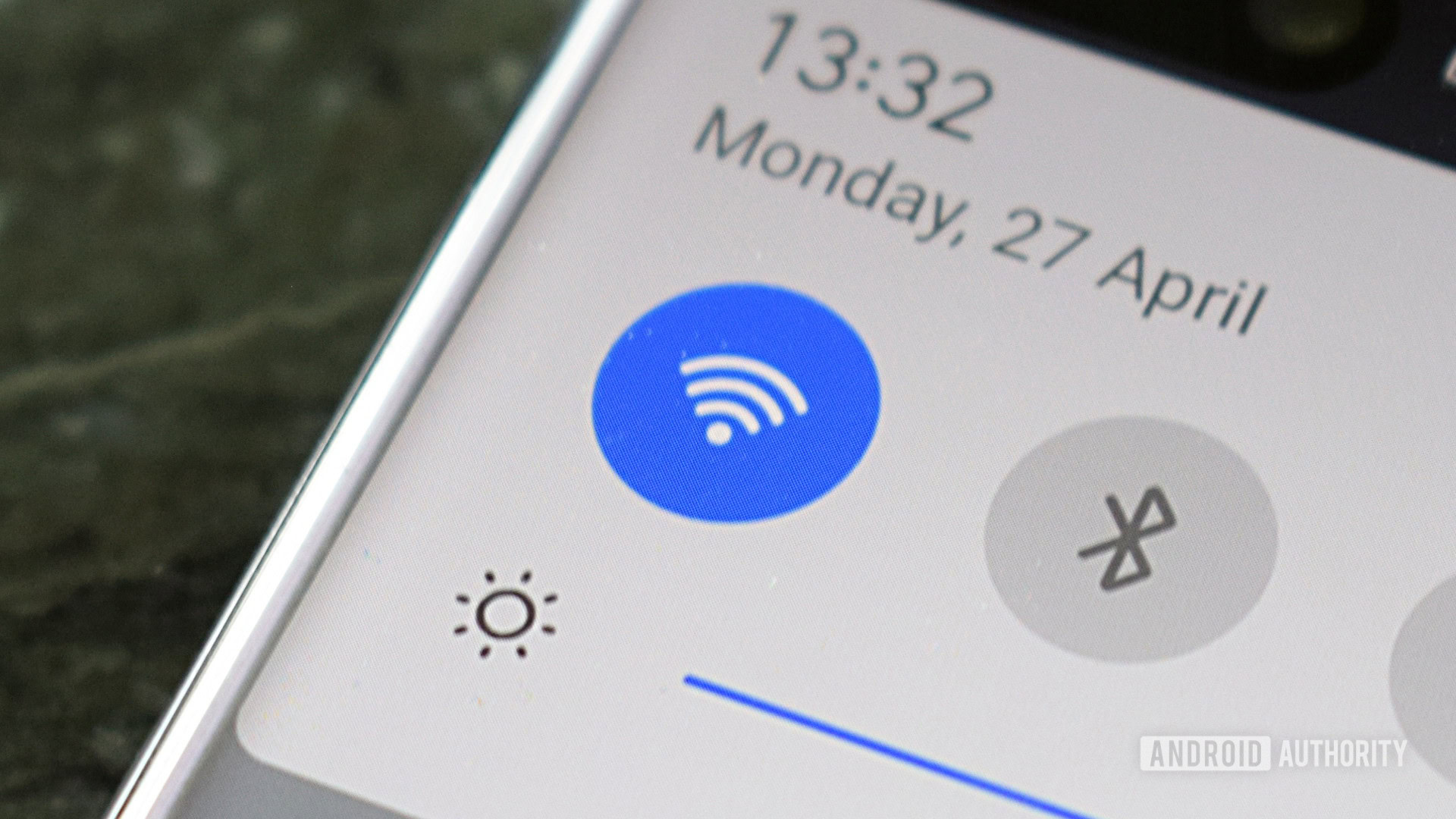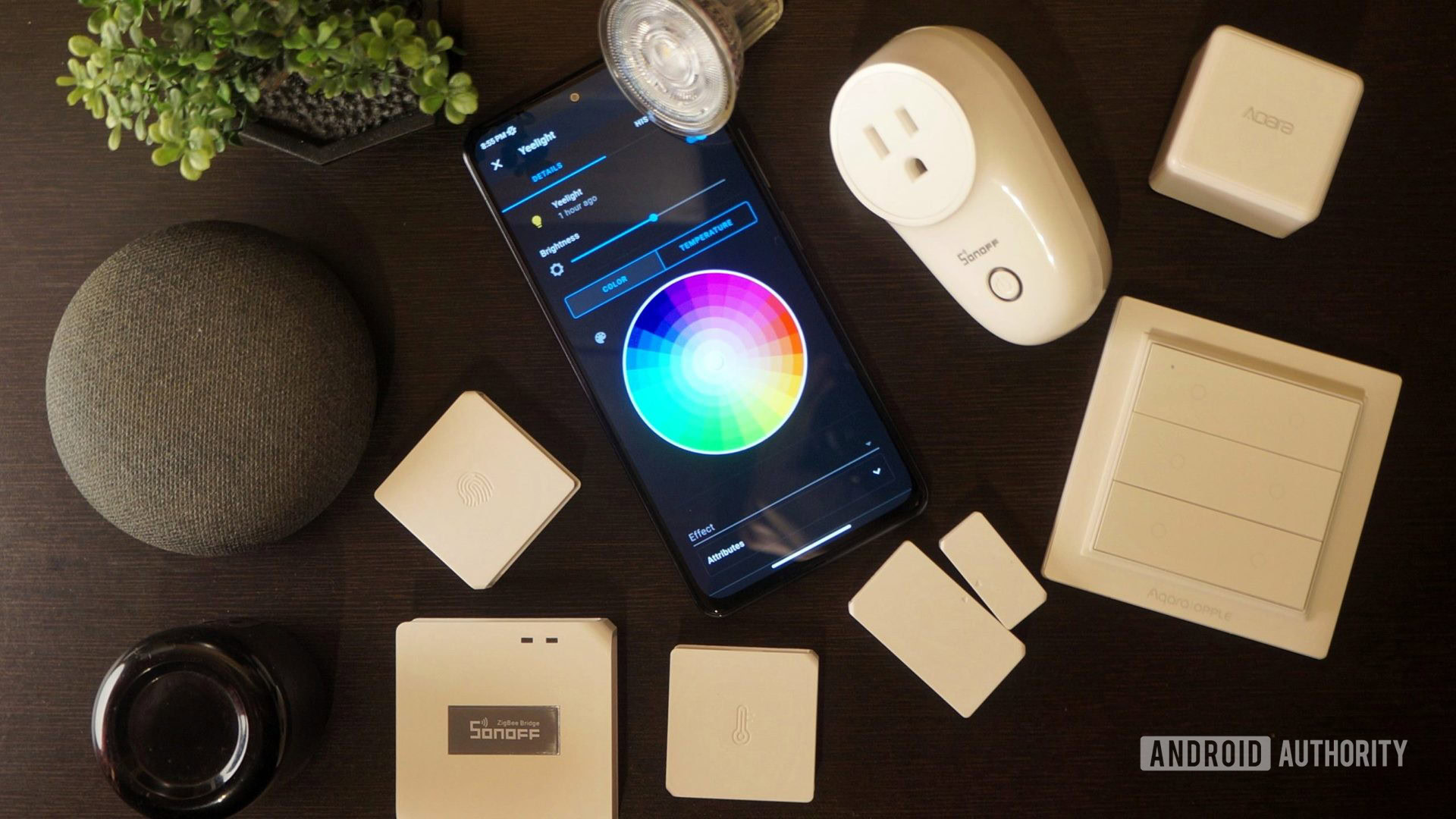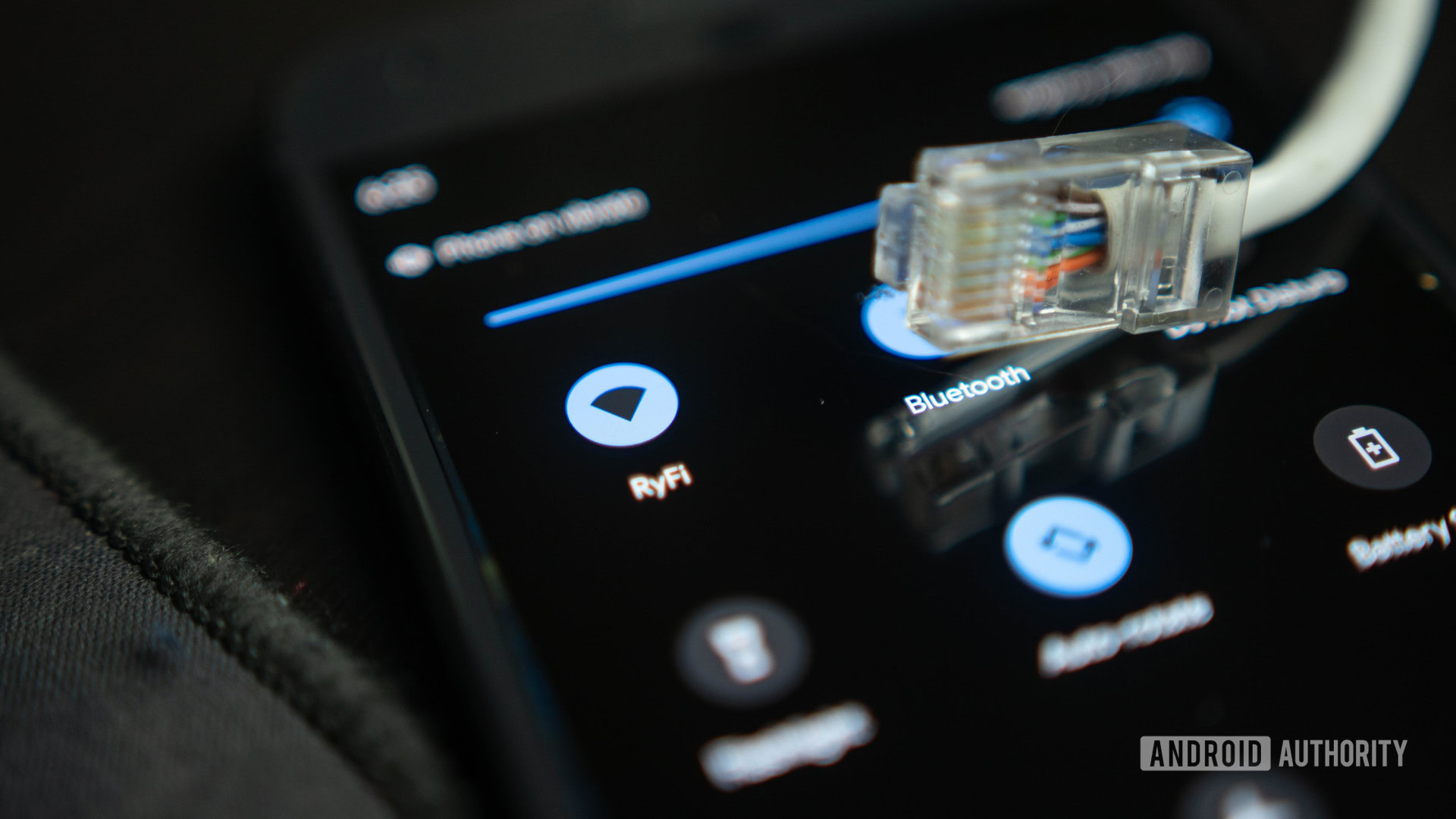Affiliate links on Android Authority may earn us a commission. Learn more.
Wi-Fi 7 is already on the way: What is it and when will it arrive?

Many of us don’t pay attention to or upgrade our home networking gear very often. Case in point: even though the first Wi-Fi 6 routers hit the market in 2019, chances are that you aren’t using one yet. Despite this slow adoption rate, however, the industry is already in the midst of gearing up for the introduction of Wi-Fi 7 — the next generation of wireless networking technology.
The upcoming Wi-Fi standard isn’t a radical departure from previous generations. For one, Wi-Fi 7 will continue to operate in the 2.4, 5, and 6GHz frequency bands. However, it does look like it will significantly improve connection reliability and stability. Here’s everything you need to know about Wi-Fi 7.
Wi-Fi 7 is the proposed name for the upcoming Wi-Fi standard, currently known as 802.11be. It brings faster data rates, lower latency, and a host of new improvements over previous generations. Keep reading to learn more.
JUMP TO KEY SECTIONS
What is Wi-Fi 7?

Wi-Fi 7 is what we’re expecting the next potential wireless networking version to be called. It’s currently only known by its technical title: IEEE 802.11be, which indicates that it’s an amendment to the original 802.11 Wi-Fi standard. The standard, nicknamed Extremely High Throughput (EHT), focuses on incrementally improving many of the features added in previous standards, including Wi-Fi 6.
Wi-Fi 7 focuses on incrementally improving many of the features added in previous standards, including Wi-Fi 6.
Let’s take OFDMA, or Orthogonal Frequency Division Multiple Access, as an example. Introduced with Wi-Fi 6, it allows routers to handle more connected devices and make more efficient use of the available spectrum. Wi-Fi 7 aims to take these efficiency gains one step further with coordinated OFDMA. In simple terms, it is a data transmission technique that allows multiple wireless access points (APs) to communicate with each other and deliver better performance over larger networks.
Much like 5G, Wi-Fi 7 also aims to reduce latency for use-cases like live streaming and gaming. Latency here simply refers to the amount of time taken by the signal to travel from your router or access point to your device and back. If you’ve ever had to deal with long pauses during video calls, you’re familiar with these delays. As you’d expect, the delay tends to worsen as you move away from the signal source. However, network congestion can also lead to higher than expected latency numbers.
Besides the multi-AP functionality we’ve already talked about, Wi-Fi 7 aims to lower latency by allowing devices to transmit and receive data through multiple frequency bands and channels at the same time. This feature, called multi-link operation, should help in cases where your networking setup is disrupted by external interference or even just congestion from nearby devices.
Even though improved throughput or speed isn’t the primary focus of Wi-Fi 7, it does achieve that goal thanks to the decision to support wider channels. Put simply, channels are sub-bands within the main Wi-Fi frequency bands. The 5GHz band, for example, is divided into 45 smaller channels — with individual channel widths ranging from 20MHz to 80MHz.
In theory, Wi-Fi 7’s new 320MHz channels offer a significant speed advantage over Wi-Fi 6 and its seven 160MHz channels. Even though not every device will support these wider channels, they’re a welcome inclusion for bandwidth-heavy applications. Finally, Wi-Fi 7 will also boost the number of spatial streams to 16. When combined with the wider channel support, Intel estimates the new standard should deliver a theoretical maximum data rate of 46Gbps. That’s just over a 5x increase from Wi-Fi 6’s 9Gbps.
Do I need Wi-Fi 7?

Admittedly, many of us are still using devices and routers limited to Wi-Fi 5, which is nearly a decade-old standard at this point. Wi-Fi 6 and 6E, while much newer, simply haven’t made their way to the vast majority of consumer devices yet, with the exception of flagship smartphones. So why is the networking industry so keen on pushing the envelope of wireless technology? Well, simply put, it’s because we’re seeing a lot more innovation in other areas that might benefit from improved wireless performance over the next few years.
You probably don't need a top-of-the-line Wi-Fi router or the latest standard.
Even though video conferencing and Internet of Things (IoT) technologies are still relatively new today, it’s looking increasingly likely that their popularity will grow in the coming years. This is especially true in the enterprise sector, where industrial IoT devices like sensors and surveillance equipment could easily test the limits of existing Wi-Fi standards.
Even at home, many of us own multiple smart speakers, connected light bulbs, plugs, and a myriad of other appliances. You even have coffee machines that can now connect to the internet, for example.
To that end, Wi-Fi 7’s increased capacity, lower latency, and improved interference handling capabilities make it ideal for these emerging use-cases. While the average home user might not see as much of a benefit from upgrading to the latest standard immediately, early adopters of new technologies like AR/VR and game streaming will benefit from Wi-Fi 7’s push for lower latency and improved connection stability.
When can we expect Wi-Fi 7 to arrive?

It’s worth noting that Wi-Fi 7 is far from a formalized specification at this point. In fact, the Wi-Fi Alliance hasn’t even given it the Wi-Fi 7 moniker yet. Unsurprisingly then, you’re unlikely to find consumer devices offering support for it anytime soon. Work on the protocol is set to be completed in 2023 or 2024. And even then, you might have to wait another year or two for mainstream adoption.
Even though Wi-Fi 6E was finalized many years ago, most countries have yet to delicense the new 6GHz spectrum for public use. According to this list compiled by the Wi-Fi Alliance, major markets like the US, UK, and EU countries have delicensed the spectrum, allowing it to be used for indoor applications. However, there are still some notable exceptions. Australia and Japan, for example, are still considering action, while other key markets like India haven’t responded to the industry’s demand at all.
Having said that, Qualcomm’s Andy Davidson told Android Authority that he does not expect Wi-Fi 7 to mandate the use of 6GHz spectrum. Instead, devices in regions with limited high-band spectrum availability would be able to take advantage of a technology known as simultaneous multi-link.
In a nutshell, simultaneous multi-link offers wider effective channels (up to 320MHz) by combining or aggregating smaller ones, like Wi-Fi 5’s 160Mhz channels. Qualcomm believes that the feature will help Wi-Fi 7 achieve higher throughput and lower latencies. According to Qualcomm Senior Director of Engineering Andy Davidson:
In China, High Band Simultaneous Multi-Link enables a 240 MHz effective channel, fulfilling the Extremely High Throughput promise of Wi-Fi 7, even without the availability of 6 GHz spectrum allocation.

All of this is exciting if you’re an early adopter of VR and other technologies that need both high throughput and low latency. Qualcomm believes the metaverse could push us all towards Wi-Fi 7, but only time will tell when either technology will land in earnest.
FAQs
The Asus ROG Phone 7 supports an early version of Wi-Fi 7, but the standard hasn’t been finalized yet.
Wi-Fi 7 brings improvements over Wi-Fi 6 such as higher speeds, lower latency, and support for WPA3 security. If you skipped Wi-Fi 6E, the latest standard also supports the 6GHz frequency band.
Wi-Fi 7 hasn’t been formally announced yet, but TP-Link has released routers supporting the upcoming standard. However, these come at a starting cost of $700 and go beyond $1,000 for the mesh models.
No, you likely don’t need the latest Wi-Fi standard as most internet connections are slower than an average router’s maximum speed. That said, if you transfer files or stream between devices on the same network, you’ll see benefits from upgrading to the latest Wi-Fi standard.